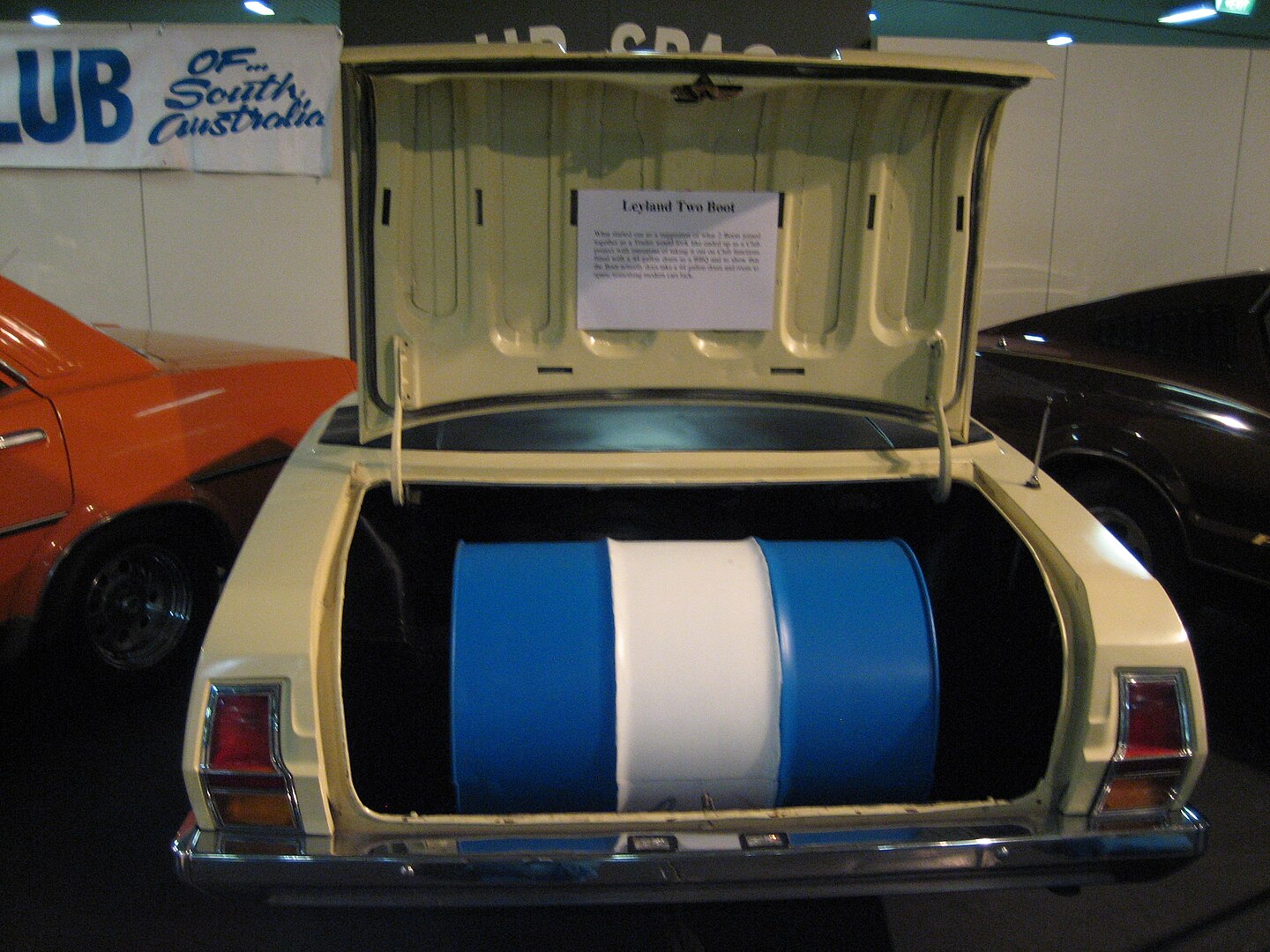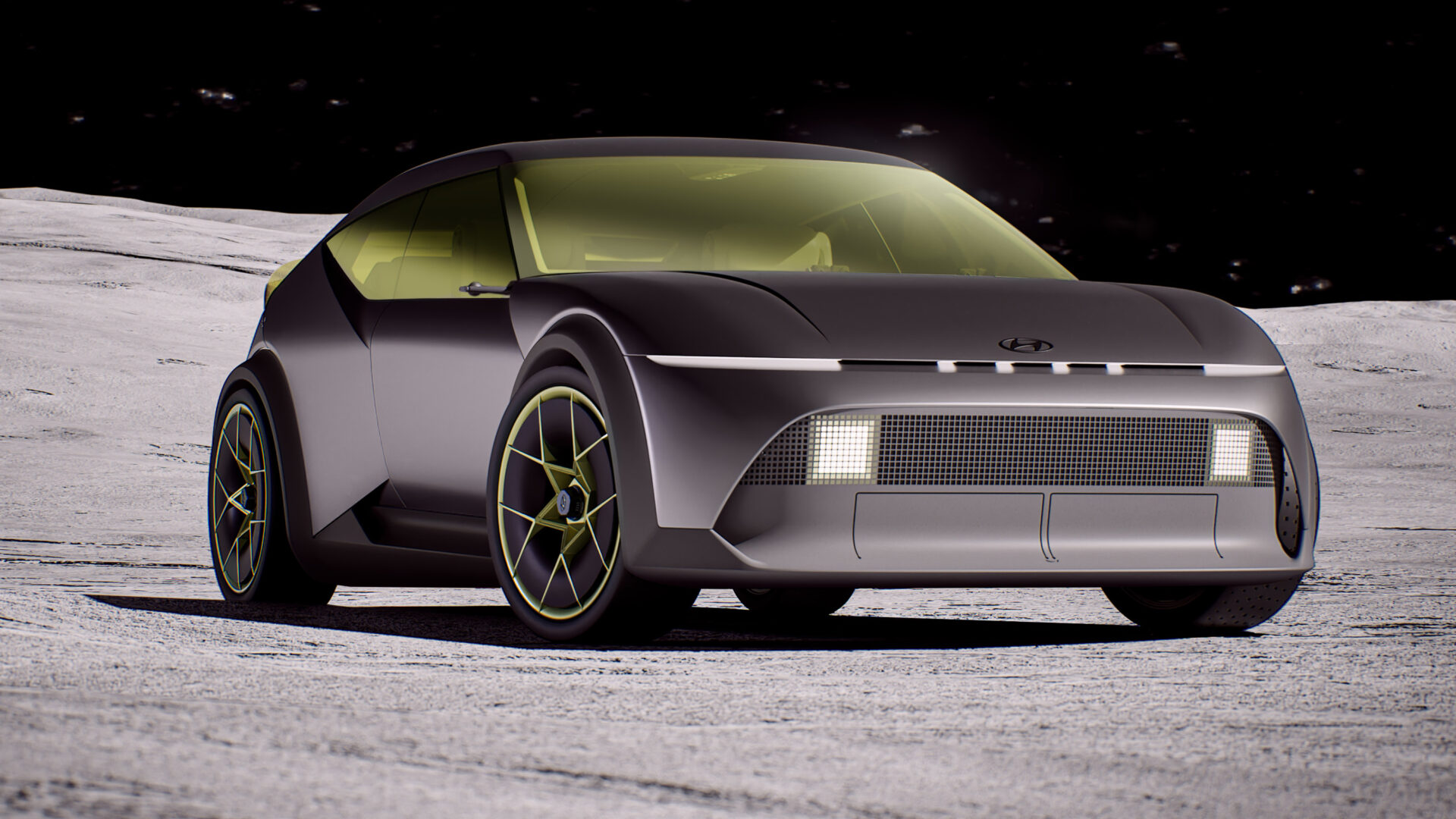Porsche’s latest 911 range-topper goes berserk – more power, more torque, brakes that could stop the Titanic running into the iceberg.
The original Porsche 911 Turbo had a couple of other names – the 930 or most famously, the Widowmaker. It generated 191kW once its 3.0-litre flat-six climbed over its miniscule 6.5:1 compression ratio and started actually boosting. Once in the zone, the 930 was acceleratively shocking.
Fast-forward nearly half a century, and meet the latest play on the legendary turbo badge: the 992-generation 911 Turbo S. And its 478kW engine…
We thought the Carrera 4S was fast. This is going to be stellar.
Look and Feel

Fundamentally, it’s just tougher looking without going GT2 bananas. Both exterior and interior get the S treatment and those delectable alloys (many optional wheel and tyre packages are available). The Cabriolet scores a little more interior goodness, too, but the best thing is, it’s not overdone. The silver shown here in Coupe looks lovely and, of course, the full-width bar with prominent Porsche lettering lets everyone now it’s the new 992.
Drivetrain
478kW @ 6750rpm
800Nm @ 2500 – 4000rpm
First, the headline figures: that 478kW power peak (at 6,750rpm) sits 51kW ahead of its predecessor. Not only that, the new-gen Turbo S also out-torques the outgoing model by 50Nm, now producing a nice, round 800Nm peak. Of course, this is offered over a plateau spanning 2,500-4,000rpm.
These mega-figures are generated from a 3,745cc, integrated dry sump iteration of the twin-turbo flat-six that is potent enough to accelerate the 911 Turbo S from standstill to 100km.h in 2.7 seconds. Top speed? A lazy 330km/h.
Compression ratio is set at 8.7:1, still relatively low in a world of modern high-comp turbocharged packages, but it is supporting 1.55 bar maximum boost pressure from the twin variable-vane turbochargers. The redline is set at 7,200rpm.
Generating this boost is a new turbocharger setup. Compressor and turbine wheels now operate in opposite phase, while the compressor wheel grows 3mm to 61mm. The turbine also grows to 55mm from 50mm previously. The dual intercoolers are now repositioned to capture more air flow and are 14 per cent larger. Of course, the electrically-controlled wastegates contribute further to efficiency and response, too.
Thanks to VarioCam Plus, variable intake and exhaust timing contributes to relatively high efficiency, the 911 Turbo S returning 11.1L/100km and 254g/km CO2 on the new WLTP cycle.
Latest-generation Porsche Traction Management works with an active all-wheel drive system that continuously varies torque split between front and rear axles via an electrically-controlled multi-plate clutch. Porsche Torque Vectoring Plus includes an electronic rear differential lock to further split drive across the rear axle as required.
What’s particularly impressive is the attention Porsche has paid to the driven front end. Featuring additional cooling capability, steel reinforcement plates and a lighter, more stable driveshaft with just one universal joint, the front axle can now take up to 500Nm of torque.
The eight-speed PDK dual-clutch gearbox uses a dual-mass flywheel to allow consistently speedy shifting.
Chassis

Lots more acronyms to enjoy here, starting with Porsche Active Suspension Management (PASM). This electronic overlord monitors a relatively traditional steel suspension setup, albeit with variable damping at each corner. These are particularly trick, using a control valve that continually adjusts via magnetic force to respond to the road with precision – hundreds of times per second.
Staggered wheel and tyre sizes have been adopted, the front axle hosting 20-inch forged alloys with 255/35 rubber, the rear sitting on 21-inch forgies and 315/30 tyres. The road wheels feature a race-style centre lock attachment. Monitoring the tyre’s vitals is a tyre pressure monitoring system that incorporates tyre temperature indicators for the first time.
An optional Sport chassis further lowers the 911 Turbo S by 10mm. Shorter springs with higher rates are employed and the standard ‘active roll compensation system’ is retuned to suit.
All this technical engineering dedicated to going and steering would be worth little if this thing couldn’t stop. But it will… with the first-ever 10-piston front caliper to be fitted to a Porsche. This clamps a 420mm carbon-ceramic front disc, while at the rear are four-pot calipers and 390mm rotors.
Dimensions

This is the widest 911 ever, whether in Coupe or Cabriolet form.
Body width sits at 1,900mm (up 50mm), while the front wing width increases to 1,840mm from 1,795mm. More importantly for dynamics, track width have grown 10mm to 1,600mm (rear) and an impressive 42mm (1,583mm) at the front end. A 28mm length increase has also been implemented.
Unladen weight (DIN) has grown, too, by some 40kg at that, to 1640kg (Coupe). Porsche explains this is due in part to the new eight-speed PDK gearbox, the petrol particulate filter, cooled front axle and the larger wheel/tyre combinations.
A second-generation active aerodynamic system adorns the 911 Turbo S, enabling a new Wet Mode system that adjusts the rear wing to generate higher downforce over the axle. An air brake function is also featured, which increases front and rear wing angles to maximise drag and assist in emergency braking situations. All up, the 911 Turbo S is capable of generating 170kg downforce.
How much is the Porsche 911 Turbo S and when can I have it?
Porsche has added $12,000 to the retail price of both 911 Turbo S Coupe and Cabriolet models. The Coupe now starts at $473,900 with the Cabriolet at $494,900. Ordering is now available through dealerships, with first deliveries expected in the second-half of 2020.
Standard specification
While always at the engineering forefront, it wasn’t that long ago that Porsche interiors lagged by a couple of generations. With the 911 Turbo S, this appears a thing of the past.
A full leather interior is standard-fit, with seat heating for Australian cars, with carbon interior trims and light silver accents abounding – and said to be inspired by the original 930’s highlights.
Matrix LED headlights, Comfort Access, Sport Chrono, 18-way electric sports seats, 10.9-inch centre screen with sat-nav, Lane Change Assist, a BOSE 12-speaker sound system, digital radio and Apple CarPlay are also standard. Porsche’s Track Precision app is taken to the next level with over 300 race tracks stored and automatic lap timing possible.
Camera-assisted cruise control is standard, along with braking assistant. It’s odd, though, that a range-topper of this magnitude requires one to tick an option box for adaptive cruise control to gain full AEB functionality. But hey, when you’re dropping half a mill on a car, box ticking is hardly going to require a call to the accountant.
Some funky options
The range-topping 911’s option list reveals a new lightweight window glass that not only saves 4kg, but improves sound insulation and decreases glare, too. This will be progressively rolled into new 911 models in time.
Other tasty tick boxes would be for the flap-controlled sports exhaust, and a full ‘lightweight package’ for the Coupe that is expected for Australia. This shaves 30kg (most of the deficit to the predecessor) via the fancy glass, as well as lighter seats, reduced sound insulation and the removal of the second seat row. Tick.
Redline Recommendation
Peter’s review suggests the Carrera 4S is already a complete weapon, so with extra power, torque and an even tauter chassis, the latest Turbo S will likely become an instant classic.
As ever, the proof will be in the driving.




Leave a Reply